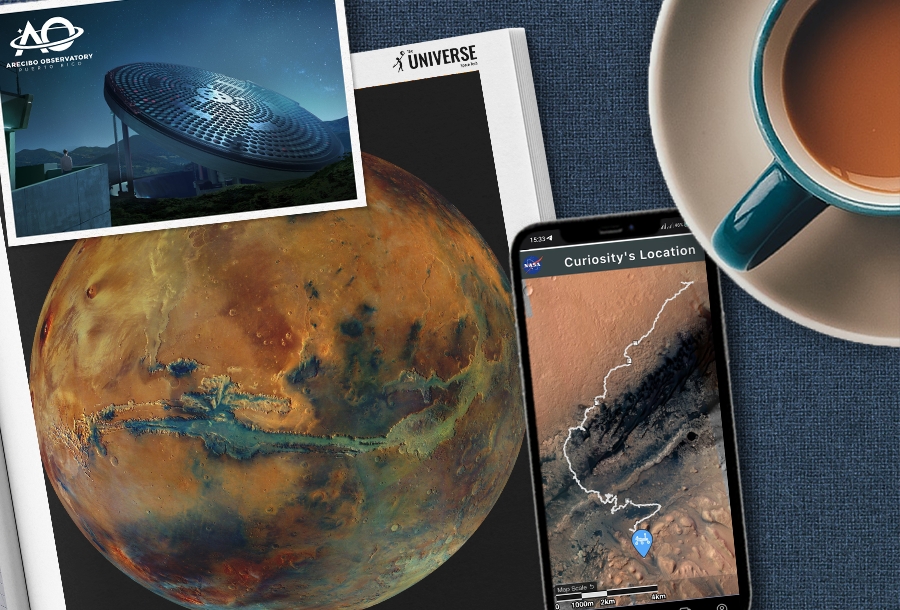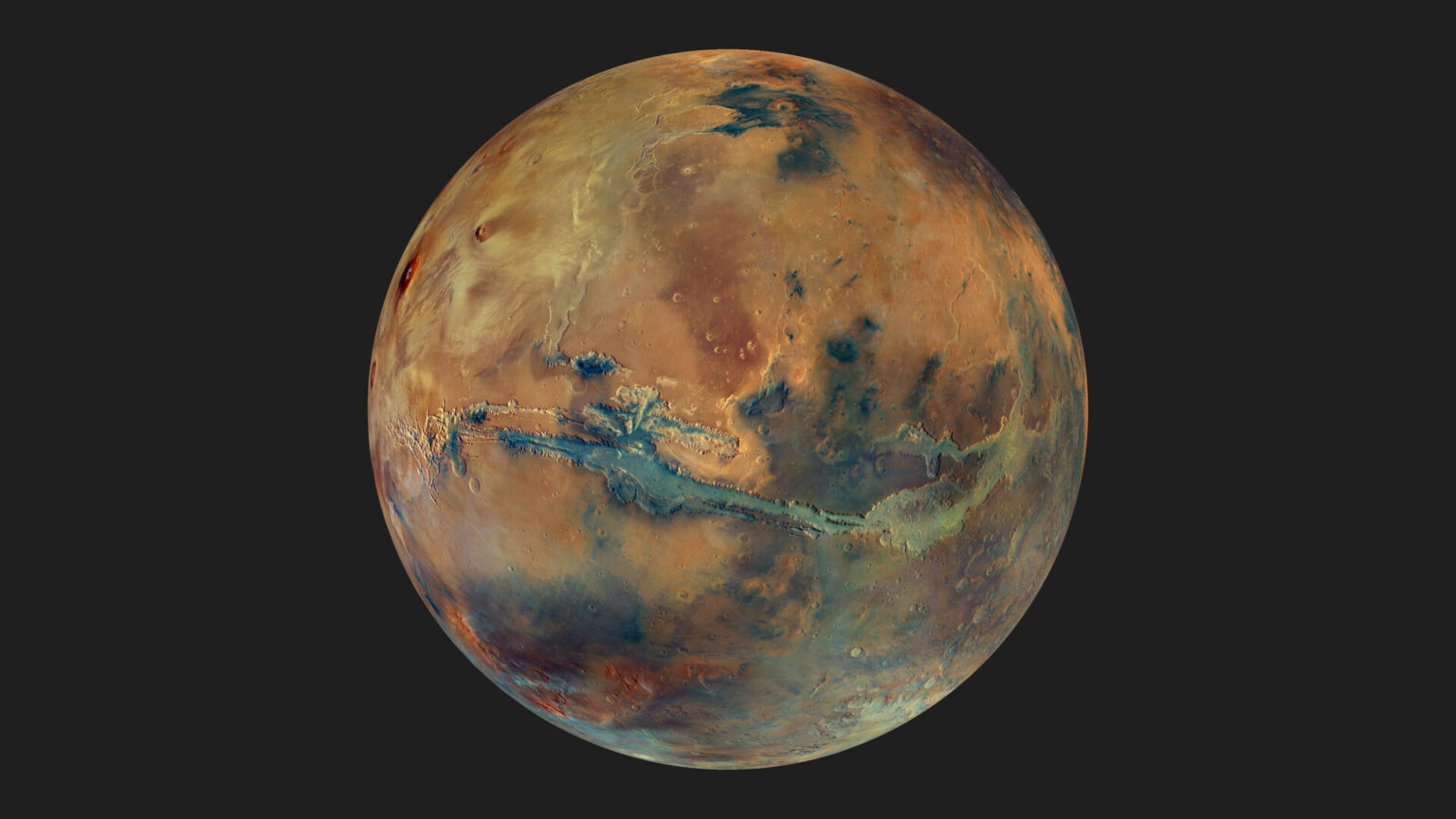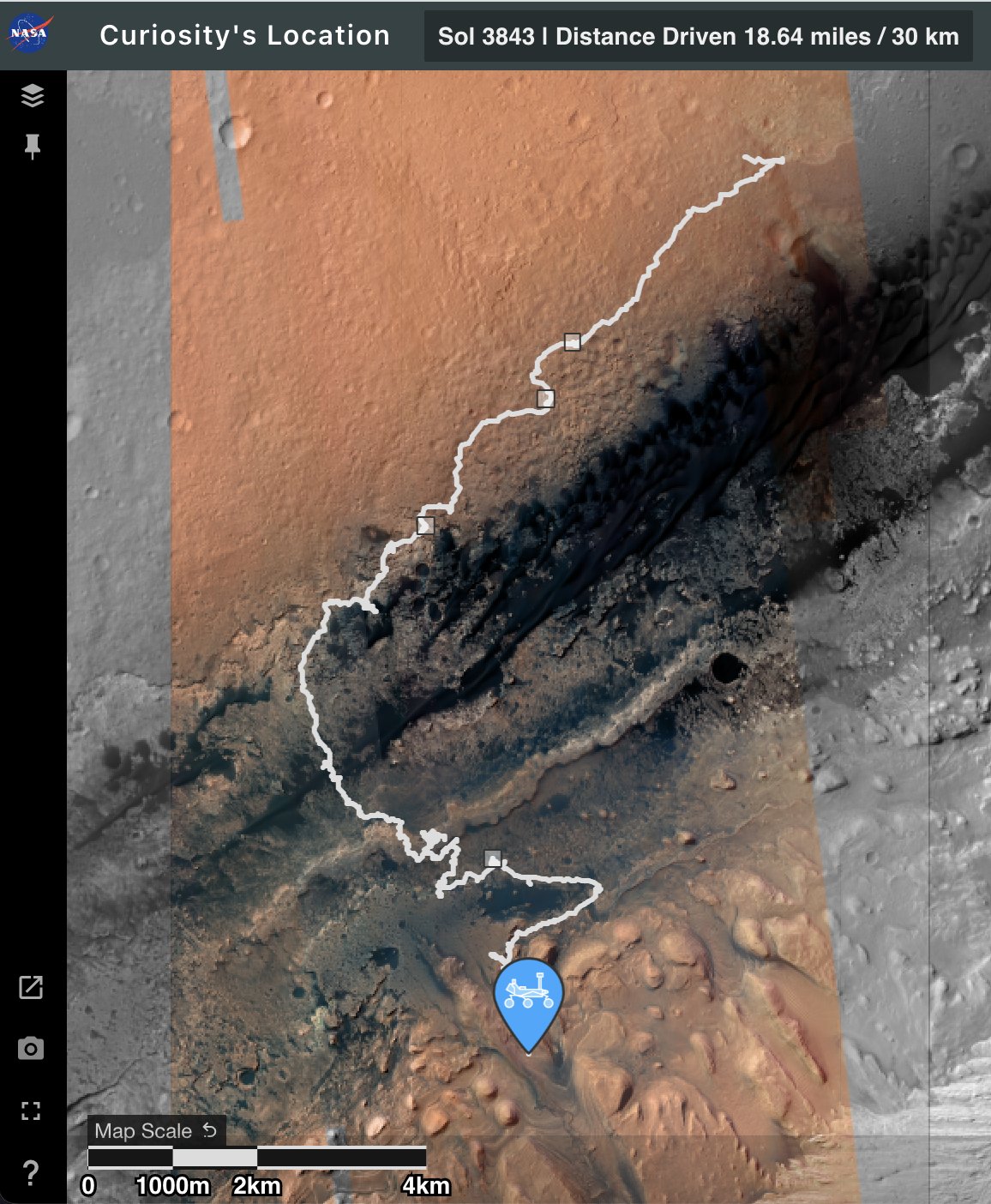Selection of the most interesting space news for the week: Researchers have discovered the detrimental effect of microgravity on the human brain; Unistellar has developed technology to improve astrophotography by eliminating light pollution, and we tell you what global consequences the undermining of the Kakhovka HPP will lead to.

“There is nothing which can better deserve our patronage than the promotion of science and literature. Knowledge is in every country the surest basis of public happiness.”
― George Washington
Total elimination of light pollution technology improves astrophotography
Unistellar company assures that it has developed a new technology that can eliminate the obstacles of urban lighting during astrophotography or simple contemplation of the stars through telescopes. The company says that more and more people are moving to live in cities, so the brightness of the city sky is growing by about 10% annually. The technology, called Deep Dark Technology, automatically removes any visual interference caused by city lights. The company claims that it has its own set of algorithms, which are developed on the basis of numerous images of the sky taken by users of telescope cameras. Its set of proprietary algorithms is able to automatically distinguish the light signal coming from celestial bodies from noise and light pollution, which makes it possible to eliminate light distortion from each received image. Then these noises are filtered and deleted automatically, which allows the celestial object being watched to shine through them.
Space flights cause irreversible changes in the human brain
Scientists understand the harmful effects of microgravity on the human body. The harsh environment of space negatively affects the brain, muscles, bones, nervous and reproductive system. But scientists still don’t know all the details. A new study sheds light on a new problem of long-term space flights, which reveals the detrimental effect of microgravity on the fluid in the human brain.
Using MRI scans of 30 astronauts, the researchers have found that the longer the spaceflight lasts, the more the ventricular size increases. Up to six months, their size is constantly increasing, after which the rate of change is leveled. It is believed that the swelling of the ventricles of the brain is a compensatory mechanism during space flight, allowing the brain to adapt to changes in the cerebrospinal fluid. After returning to Earth, the brain fluid slowly returns to its normal distribution.
A step away from the Moon: NASA conducts critical tests of the Artemis V rocket
NASA is testing new RS-25 engines that will power the agency’s Space Launch System (SLS) rocket in the direction of the Moon in the Artemis V mission. The latter is currently scheduled for 2029. The tests involve starting the engine to check its performance. Engineers recently completed the ninth of a series of 12 tests at the Fred Haise Test Stand at NASA’s Stennis Space Center near Bay St. Louis, Mississippi. The remaining three trials are expected to be completed by the end of this month. During the last test, the operators provided the RS-25 engine for more than eight minutes (500 seconds), which was equal to the time required to launch the SLS rocket into orbit together with the Orion manned spacecraft.
NASA’s asteroid mission will be launched in October 2023
NASA has published an independent commission report on the preparation of the Psyche mission. The document confirms that the Jet Propulsion Laboratory (JPL) has fulfilled all the necessary recommendations and is ready to launch the spacecraft in October 2023. The updated flight plan assumes that Psyche will be launched by a Falcon Heavy rocket in the period from October 5 to October 25, 2023. In 2026, the spacecraft will perform a gravitational maneuver in the vicinity of Mars. This will allow it to reach Psyche in August 2029 — 3.5 years later than originally expected. At the same time, although JPL managed to cope with the problems of Psyche, the consequences of postponing its launch would affect other NASA projects for a long time.
Reduced, but unsurpassed: Published a rescue plan for the Arecibo Observatory
2.5 years have passed since the Arecibo Observatory accident, and the future location of the famous radio telescope is still in limbo. Now the astronomers of the observatory have clarified their plans for Arecibo’s successor, reducing its scale. The Arecibo Observatory in Puerto Rico was an essential component of the United States radio telescope infrastructure for 57 years until it was destroyed. A huge 900-ton telescope platform fell on the antenna due to the breakage of the support cables, causing significant damage to the 300-meter telescope.
A team of astronomers, including Anish Roshi, the head of radio astronomy at Arecibo, proposed the idea of creating a next-generation Arecibo Telescope (NGAT) that could be made with a grid of antennas that would tilt. Instead of one huge 300-meter dish, the plan provides a cost-effective alternative with a diameter of 130 to 175 meters. The total weight of the proposed NGAT will be 4,300 tons. The team claims that the performance of the proposed telescope “will surpass all other radar systems and single-antenna devices”.
Photo of the week

The European Space Agency has published a new global portrait of Mars. It was compiled from images taken by the HRSC camera installed on board the Mars Express spacecraft. Mission specialists stitched together 90 images taken from altitudes from 4 to 10 thousand km. The center of the image is dominated by the Valles Marineris — the largest canyon system in the Solar System, against which the famous Grand Canyon would seem like a real dwarf. Their length is 4,500 km (a quarter of the circumference of the planet), width is up to 600 km, and the maximum depth is 11 km. Thus, Everest could easily fit inside them.
Interesting figure — 30 kilometers

On May 30, the Curiosity rover overcome the symbolic mark of 30 km traveled on the Martian surface. To date, it rains second in this indicator among the lovers, behind only the legendary Opportunity, which has covered a distance of 45.16 km in 14.5 years of Service. If Curiosity continues at the same pace and does not encounter any serious technical problems, then in about five years it will have to beat the achievement of Opportunity. Unlike the “colleague”, Curiosity receives energy from a radioisotope thermoelectric generator (RTG). So it is not afraid of dust storms like the one that eventually ruined Opportunity.
Something to read on the weekend

This week, the editors of The Universe Space Tech are examining what global consequences the undermining of the Kakhovka HPP will lead to. However, we would like to end this week with a positive story. In Lviv, a school is being built with the help of a 3D printer. We tell you how it works and what is common between the Ukrainian school and the exploration of Mars.
Read also: USA and China compete for water on the Moon, and Taikonauts set a new space record: News Digest
Follow us on Twitter to get the most interesting space news in time
https://twitter.com/ust_magazine
